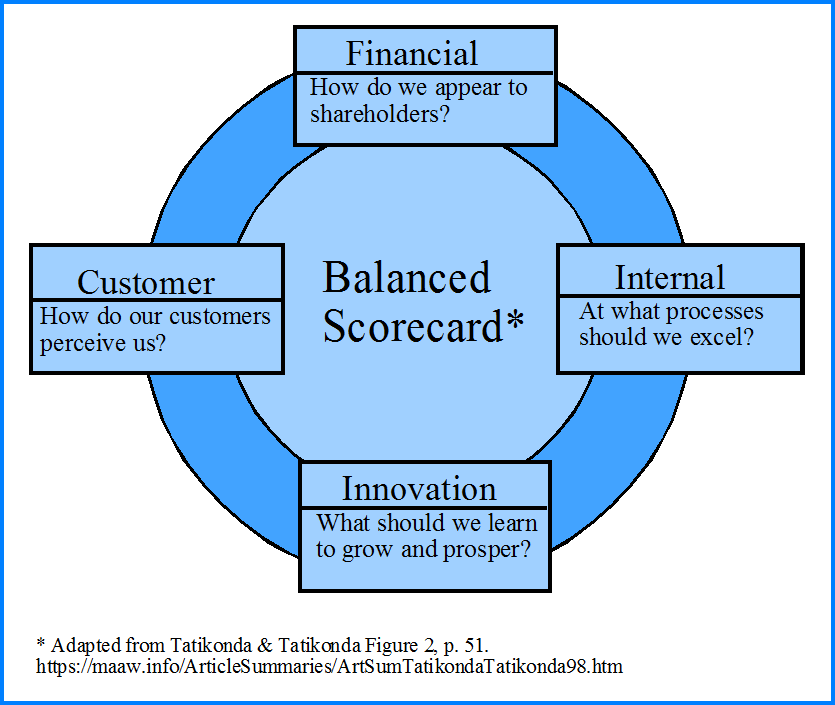Kirkpatrick Evaluation Model
by - Nang Aye Aye Htun
What is Kirkpatrick Evaluation model?
- is formed by Dr. Ronald L. Kirkpatrick
- is a four step training evaluation model for evaluating the training and learning programs
- assess the training and learning programs methods and rates them with the four criteria : reaction, learning, behavior, results formally and informally
Four levels of Kirkpatrick Evaluation Model
Reaction ( Level 1)- measures whether learners find the training engaging, favorable, and relevant to their jobs.
- is most commonly assessed by an after-training survey (often referred to as a “smile sheet”) that asks students to rate their experience.
- immediate outcomes

example table of reaction ( level 1)
Learning ( Level 2)
- measures the learning of each participant based on whether learners acquire the intended knowledge, skills, attitude, confidence and commitment to the training.
- both formal and informal methods an be used such as exam, interviewed style and should be evaluated through pre-learning and post-learning assessments to identify accuracy and comprehension.
- it is immediate outcomes
Behavior ( Level 3)
- measures whether participants were truly impacted by the learning and if they’re applying what they learn.
- mid-term outcomes
Results ( Level 4)
- measures the final results of the training
- long term outcomes
Conclusion
This model is very helpful in creating an actionable measurement plant to clearly define goals, measure results and identify areas of notable impact. It also allows the organizations or program to evaluate the relationship between each level to better understanding of the training results. Moreover, it also allows organizations to adjust plans and correct course through out the learning process.



No comments:
Post a Comment